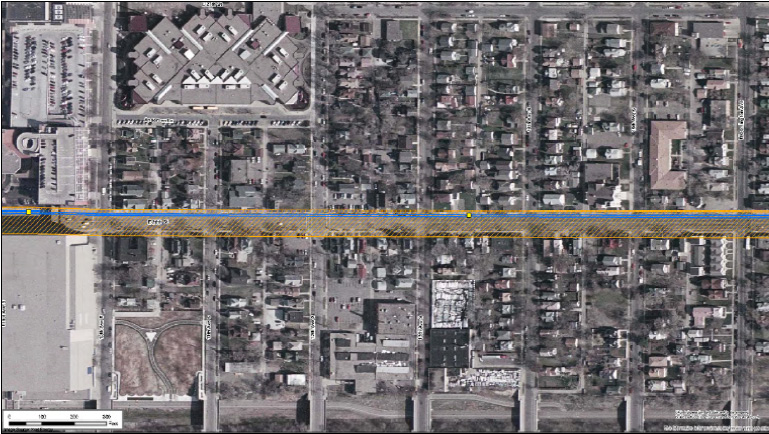Undergrounding Hiawatha!
January 13th, 2012
There’s good news and bad news. The good news is that the PUC did order that the Hiawatha Project transmission line be undergrounded.
YEAAAAAAAAAAAAAA!
The bad news is that NO ONE is addressing need, need has been presumed, despite lots of evidence in the record that the project is way way more than what is required for the claimed 55MW need, which in itself is questionable. Silence… Those who worked so hard to get a requirement for a Certificate of Need abdicated, zero follow through, after legislation passed to require a Certificate of Need, and it then wound its way through the PUC process, and there were NO intervenors.
Here’s the PUC’s deliberation:
It seems to end before they’re done, and there’s a note that complete audio will be posted later, so check back. Right now there’s about 45 minutes and it ends as they’re going through exceptions to the ALJ report, a prelude to the ultimate vote.
Here’s the report in theSTrib:
Xcel told to bury new power lines across south Minneapolis
Article by: STEVE BRANDT , Star Tribune
Updated: January 12, 2012 – 11:15 PM++++++++
A state board Thursday ordered that new high-voltage power lines across the heart of south Minneapolis be buried underground but deferred the question of who should pay the extra $13.6 million cost.
The Minnesota Public Utilities Commission ordered that the twin 115-kilovolt lines requested by Xcel Energy be deemed necessary but said they should be buried under E. 28th Street.
That’s a victory for the city and a number of neighborhood representatives. They argued that an alternative route that would run lines overhead or underground along the bike-pedestrian corridor was too disruptive. “It’s a huge victory, said Soren Jensen, staff chief for the Midtown Greenway Coalition.
But the precedent-setting question of who pays will require a separate proceeding that will last several months and determine whether all Xcel customers in Minnesota will help bear the cost of burying the lines or just those in Minneapolis.
The city argued that all Xcel customers should pay because the factors arguing for burying the route are so compelling that any other route, including the greenway, would be unreasonable. Burial of the lines, the city said, should thus be considered a standard cost, borne by all customers, rather than a special accommodation whose extra costs should accrue only to Minneapolis residents. Xcel agreed with that wider-cost impact.
But the PUC wasn’t ready to make that precedent-setting decision now, telling Xcel to file its views in 30 days in a proceeding that will give other potentially affected parties a chance to comment.
“There is no precedent case just like this,” said attorney James Strommen, who argued on behalf of suburban cities in support of the city position. “The standard is not always overhead in all cases, in our view.”
At the PUC’s request, Xcel generated estimates of the amounts needed to pay off the extra cost of the buried lines. To do so in the standard five years, the per customer cost would be $12 if spread statewide, and $83.40 if levied only within Minneapolis.
Xcel estimates that the lines and two new substations at either end, at Hiawatha and Oakland Avenues, will cost $42 million. The utility will refine those costs as it does final engineering for the project; it plans to break ground later this year and start operations in 2014.
Xcel argued that since 2006, electrical demand has exceeded its capacity to reliably provide service to customers in the south Minneapolis area. Opponents argued that Xcel has further plans to bisect south Minneapolis with transmission lines, has overestimated demand and should substitute conservation measures.
The utility originally proposed that the lines be built within the Midtown corridor paralleling Lake Street somewhere between E. 31st Street and E. 26th Street. It said that a greenway route would be cheapest but that option quickly drew opposition from the recreation lobby.

Leave a Reply